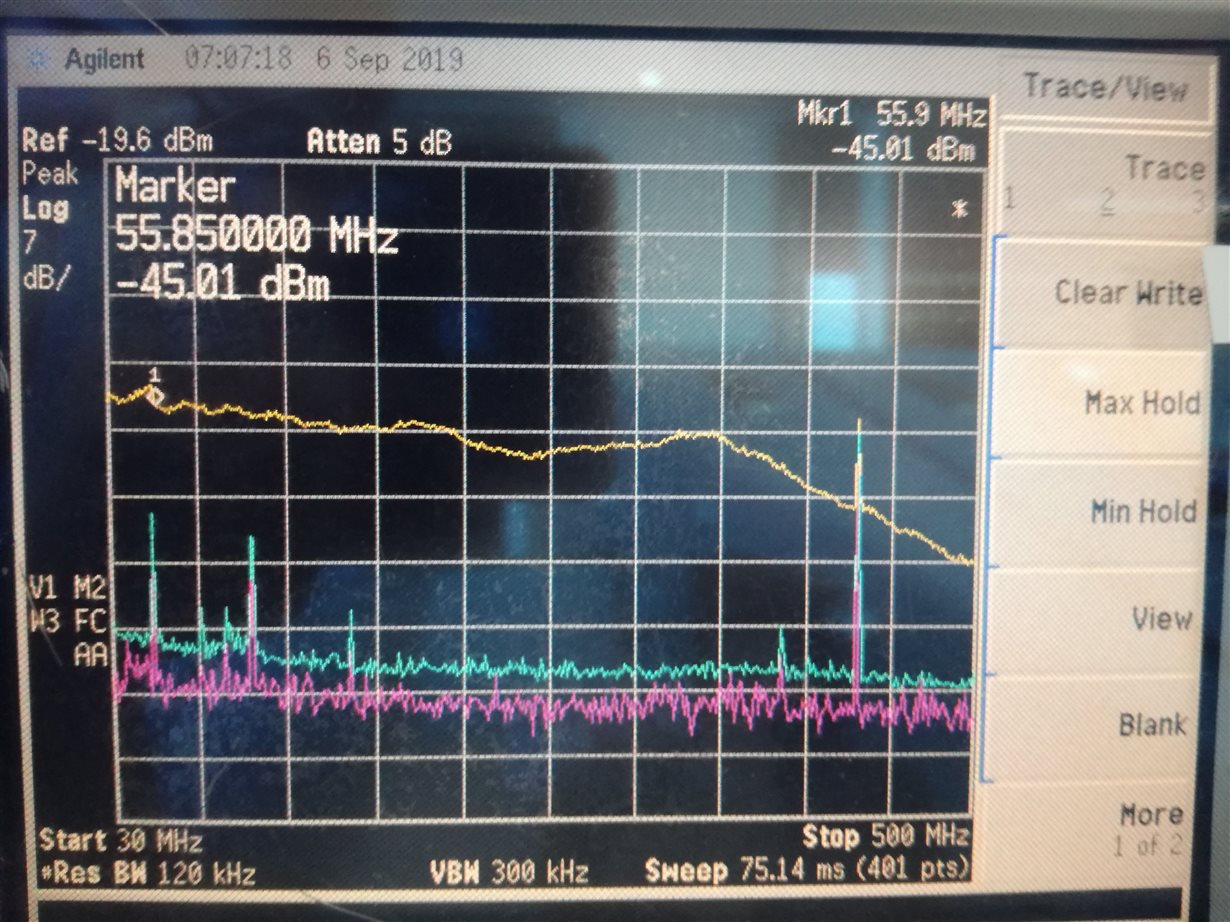Other Parts Discussed in Thread: CC1110-CC1111, CC1100
Hi,
I use the CC110L in many transmitters and receivers, and they work well at 868MHz, with a range up to 400 metres.
However, I would like to do the same with 433,92MHz. So, I have adapted the radio circuits (antenna, components, etc...) following the recommendations of the CC110L datasheet. Also, I have adapted the software, to initialize the CC110L with the correct values as generated by SmartRF Studio v7. Apparently, a change in frequency only affects the Frequency Control Word, High/Middle/Low Byte.
The problem is, that after having adapted the radio to 433,92MHz the device only have a maximum range of 70 meters at 433,92MHz, compared to the 400 meters at 868MHz. Ihave done many tests (also in open field), and discarded interferences at 433,92MHz from other sources (Power supply, external interferences, etc...).
Could you please take a look at the cause of the issue, and how can I improve the communication range?
I would like to avoid radical changes in hardware and software with other integrated circuits. I can provide schematics and layour via private message.
Thanks and regards.
Felip




